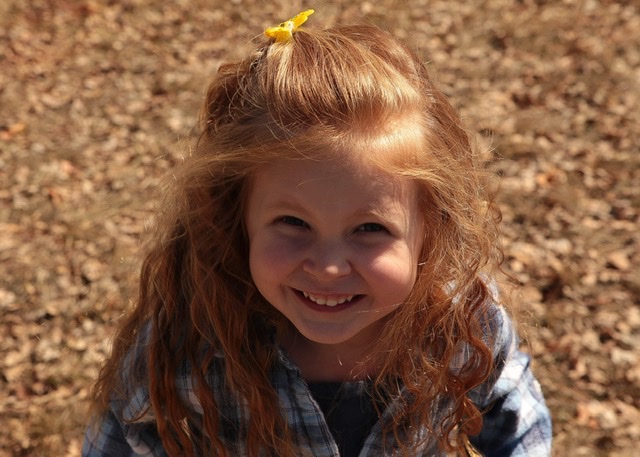
I am sitting on a plastic chair in the waiting room at my granddaughter’s orthodontist. There are a handful of others occupying the same kind of chair spaced around the room; most of them are looking down at their phones. Only one man, wearing an orange reflective vest and who I estimate to be close to my age, isn’t. His eyes wander around the waiting area and toward the reception desk where patients and practitioners come and go. I wonder what he’s thinking about—maybe, and I hope this is the case, he’s just enjoying the moment. My gaze lights on him, as his does on me, and we quickly look elsewhere so as not to hold one another’s eyes. To do so would seem intrusive and probably rude.
I reach into my purse and pull out my Kobo reader. I set an intention a couple of years ago to practice being present and not give in to the temptation to scroll on my phone or try to look busy responding to emails when I was waiting in a lineup, for an appointment, or for someone else. But I’m foiled when I open the cover to a message indicating I need to recharge the battery. I tuck the reader back in my purse and resume the fine balance between looking around while trying not to look around.
I watch as people are summoned to the inner sanctum where dentists, orthodontists, and other periodontal professionals work; as new patients arrive, sit down, and pull out their phones; and wonder about their backstories. A writer can find lots of fodder for future projects sitting in a waiting room and paying attention.
A long-haired young mom toting one of those plastic carriers for a baby and accompanied by a toddler enters the waiting room. She claims one of the only two chairs that are close together, sets the baby carrier on the floor in front of her, and pulls out her phone. Her daughter, a perky bespectacled girl sporting boots and an open winter coat which she immediately shrugs out of, perches on the edge of the chair beside her.
She doesn’t stay for more than a moment before hopping off and crouching in front of the baby carrier. She turns her head to the left, then snaps it forward toward her sibling with a smile on her face and a glint in her eye. Aaaa-boo! The baby rewards her with a belly laugh prompting her to do it again. And again. The irresistible sound of baby belly laughter makes me smile. I glance over at the orange-vested gentleman and he’s smiling too. I look up at the mom. She’s tapping furiously on her smart phone, probably thankful for a relatively quiet moment in the middle of the day when she can catch up on something important.
The little girl takes off her glasses, lifts the baby’s shirt, leans forward into the baby carrier and shakes her head back and forth while the baby responds with even more laughter. When she’s had enough of the game, the toddler hops up and skips over to a chair on the other side of the room. She sits on the edge—for a moment, no more—then pirouettes across the room back to the chair next to her mom who is still tap-tap-tapping on her phone.
All told, the entire scene unfolds in less than five minutes before someone arrives and summons the little family. By now, the orange-vested man has been called in for his appointment too, and there’s been a complete turnover of those left in the waiting room since my granddaughter and I arrived. Those few minutes in which I paid attention have stayed with me for the better part of a week. There was nothing especially notable about that space of time, unless I chose to be present in them, but I would have missed it entirely had I not been intentional about paying attention. It’s interesting how distraction has become the norm andbeing present the anomaly in this connected always-on world where we so easily miss the magic of the mundane.
The carefree-ness of childhood lasts for such a brief time. We are in such a hurry to grow up and get going with life. My granddaughter, fourteen, occasionally still shows signs but they are fewer and farther between with each passing day. Her mom, my daughter, remarked to me the other day about her nostalgia for the worry-free days of childhood and I confess that I still, at over 60 years of age, have pangs of longing for what was. We can’t go back to our childhood, nor would we want to, if we’re honest. But we can be present and pay attention and, paired with wisdom that comes with passing years, that’s a different flavour of life that can be just as sweet.


Leave a Reply